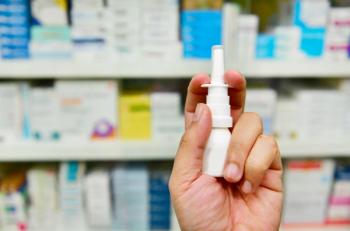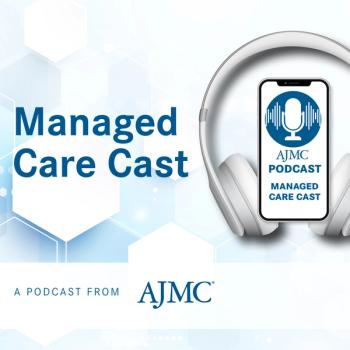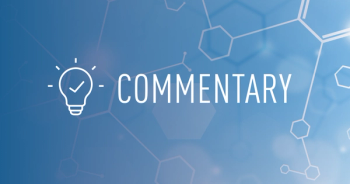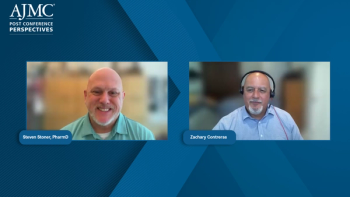
Linvoseltamab Demonstrates High Efficacy, Low Toxicity: Paula Rodríguez-Otero, MD, PhD
The LINKER-SMM1 trial shows promising results for linvoseltamab in treating high-risk smoldering multiple myeloma with a favorable safety profile, notes Paula Rodríguez-Otero, MD, PhD.
The phase 2 LINKER-SMM1 trial (
Paula Rodríguez-Otero, MD, PhD, Cancer Center Clínica Universidad de Navarra (University of Navarra), Pamplona, Spain, presented this research, “Safety and Efficacy of Linvoseltamab (LINVO) in Patients (Pts) With High-Risk Smoldering Multiple Myeloma (HR-SMM): First Results From the Phase 2 LINKER-SMM1 Trial,” at the 22nd International Myeloma Society annual meeting.
Revisit
This transcript has been lightly edited for clarity; captions were auto-generated.
Transcript
What key factors may have contributed to the high overall response rate observed after 1 cycle of treatment?
We know linvoseltamab is a very active drug, and already the overall response rate is really high also in the triple-class-exposed setting, with over 70% of the patients achieving a response. Our hypothesis is that indeed because here we do see, the disease is being treated early, eventually with less clonal heterogeneity, not resistant disease, because these are all treatment-naive patients and also with a more potent immune system, so that will probably explain the higher overall response rate.
How do the safety profiles compare between patients with early-stage and relapsed/refractory disease?
The safety profile seems more favorable. We haven't seen any ICANS so far in these 24 patients treated. Infections are common, but overall less severe. We do see a very limited incidence of severe infection; only 3 patients had grade 3 events, and also the majority of the CRS events were grade 1. Also, it's important to highlight that the step- up dose was different compared to the step-up dose used in the relapsed settings, so that also may have contributed to the lower ICANS and the lower CRS.
What criteria are most important for selecting high-risk patients for early treatment with linvoseltamab?
This is a very important question. Currently we have, I would say that the consensus criteria is the
Newsletter
Stay ahead of policy, cost, and value—subscribe to AJMC for expert insights at the intersection of clinical care and health economics.








































